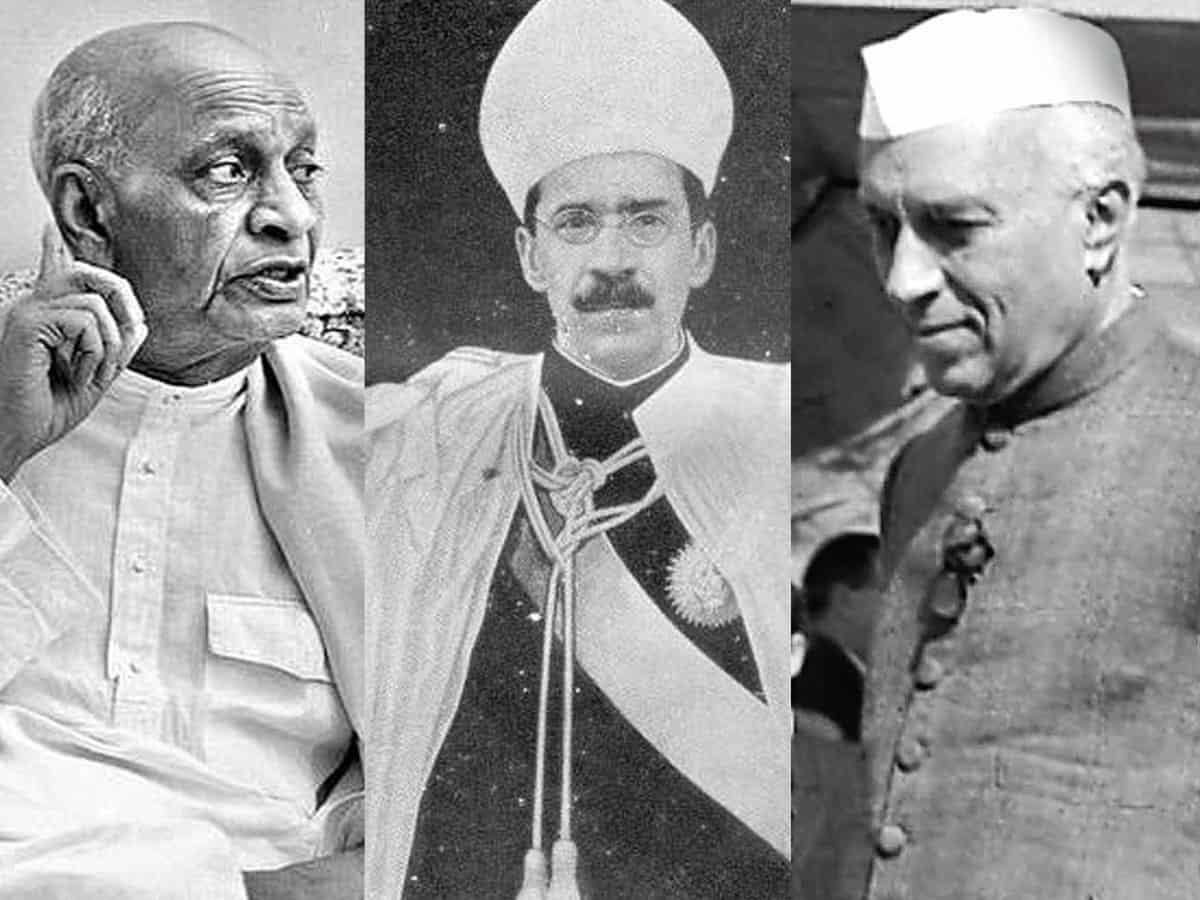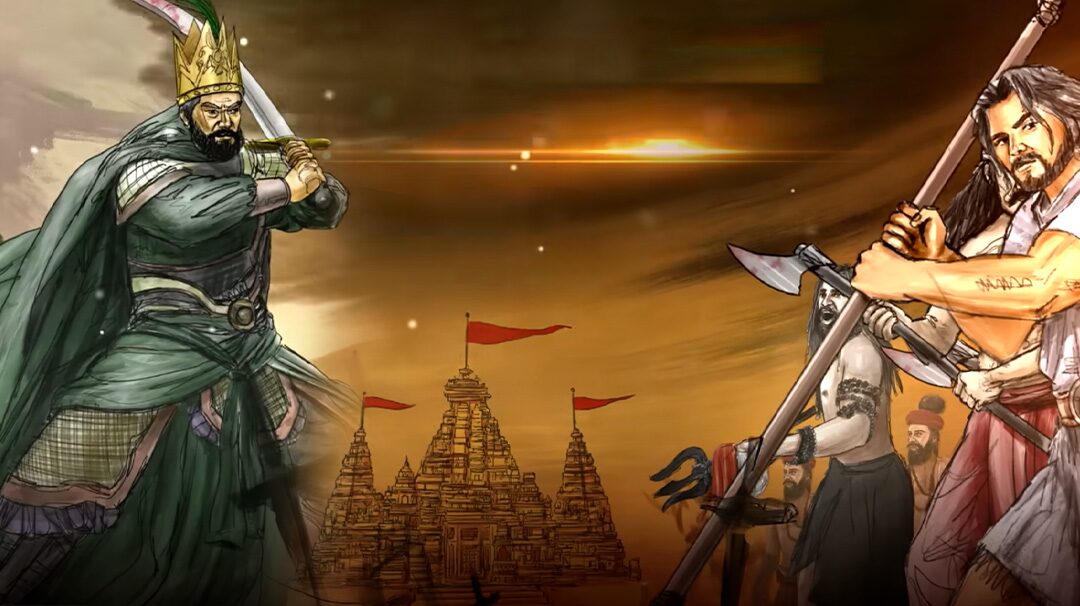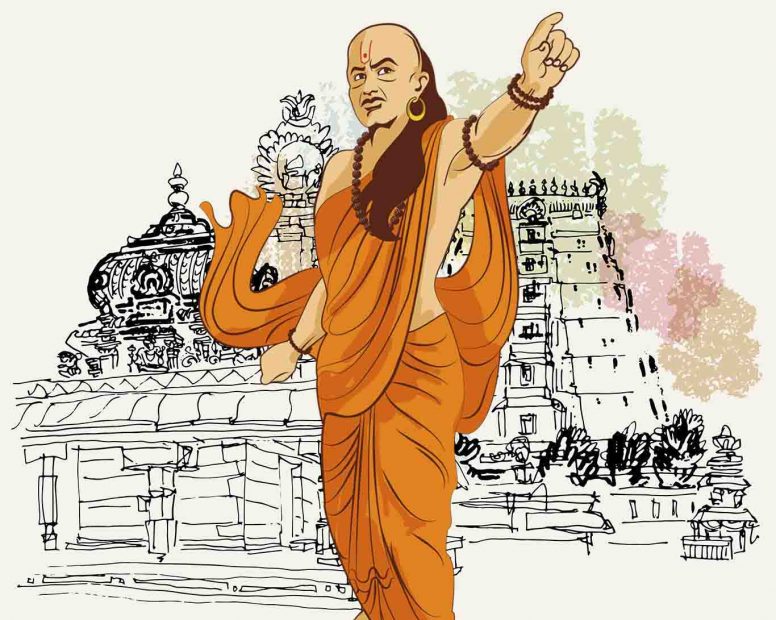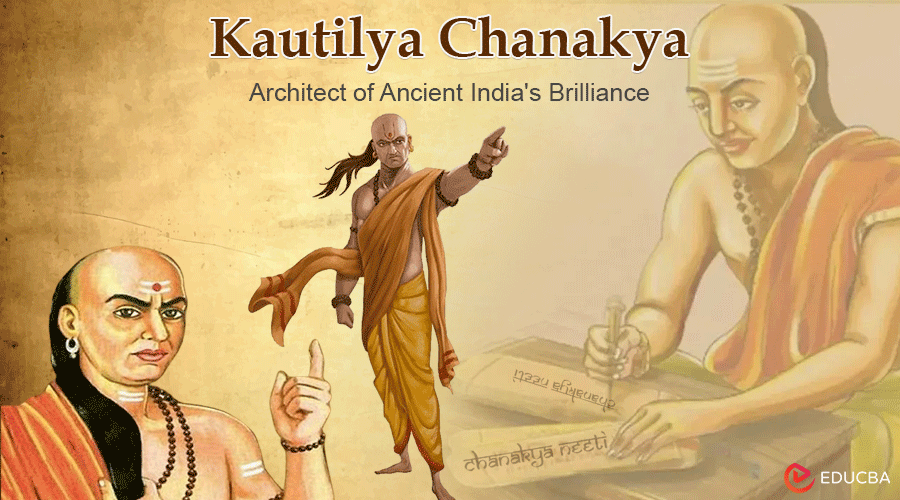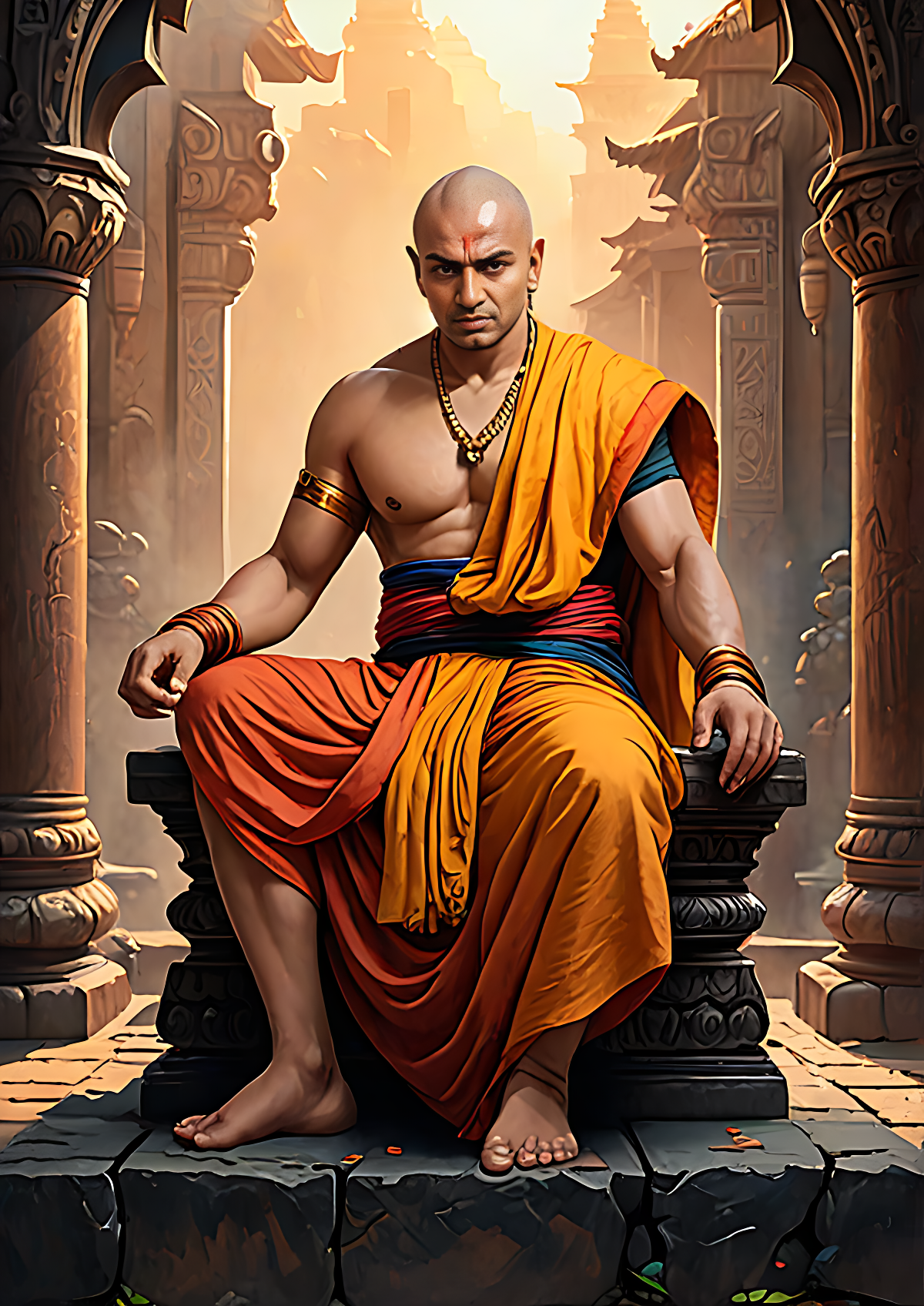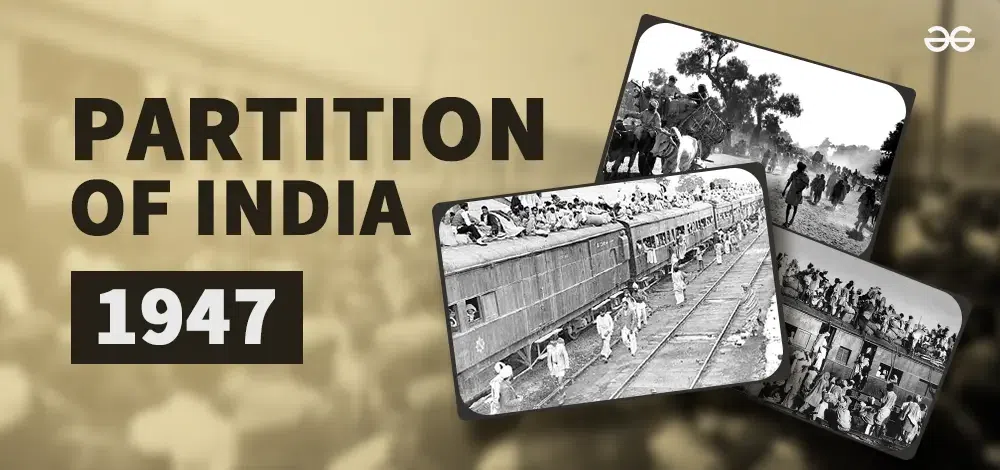
- Introduction
- Overview of the British Indian Army Before Partition
- Composition by Religion and Ethnicity
- Key Features
- Decision to Partition the Army
- Key Objectives
- Division of Personnel
- Quantitative Data
- Challenges
- Division of Assets
- Key Assets Divided
- Communal Violence and Its Impact
- Role of the Army
- Formation of the Indian and Pakistani Armies
- Indian Army
- Pakistani Army
- Long-term Implications for Both Armies
- Economic and Logistical Challenges
- Logistical Issues
- Conflicts Post-Partition
- Indian Army:
- Pakistani Army:
- Legacy of the Partition
- Conclusion
Introduction
The partition of British India in 1947 not only divided territories but also led to the division of one of the most formidable military forces of its time: the British Indian Army. This army, known for its contributions in both World Wars, was split between the newly independent nations of India and Pakistan. This monumental task involved dividing personnel, resources, and infrastructure, all amidst the backdrop of widespread communal violence. This article delves into the details of the partition of the British Indian Army, focusing on the quantitative aspects that shaped this historic transition.
Overview of the British Indian Army Before Partition
By 1947, the British Indian Army was a highly organized and disciplined force with approximately 400,000 active personnel. It had played a pivotal role in maintaining colonial control and participating in global conflicts, particularly the two World Wars. The army’s composition reflected the diverse ethnic, religious, and regional demographics of British India.
Composition by Religion and Ethnicity
- Muslims: 32%
- Hindus: 50%
- Sikhs: 10%
- Others (including Gurkhas, Christians, and Parsis): 8%
Key Features
- Regiments: The army was organized into regiments, many of which had ethnic and religious identities, such as the Sikh Regiment, the Punjab Regiment, and the Frontier Force Regiment.
- Infrastructure: The British Indian Army had an extensive network of military bases, training institutions, and supply depots spread across the subcontinent.
Decision to Partition the Army

The partition of British India was formalized with the Indian Independence Act of 1947, which created the dominions of India and Pakistan. As part of this process, the British Indian Army was to be divided to ensure both nations had the means to maintain security and sovereignty.
Key Objectives
- Allocate personnel and resources fairly between India and Pakistan.
- Establish functioning military forces for both nations by August 15, 1947, the date of independence.
- Minimize disruption and maintain order during the transition.
The division was overseen by a Partition Committee chaired by Lord Hastings Ismay. The committee worked under the guidance of Field Marshal Claude Auchinleck, the last Commander-in-Chief of the British Indian Army.
Division of Personnel
The partition of personnel was one of the most challenging aspects of the process. Soldiers were given the choice to join the army of their respective nations based on religion and place of origin.
Quantitative Data
- Total Soldiers in 1947: 400,000
- Allocated to India: 280,000 (70%)
- Allocated to Pakistan: 120,000 (30%)
Challenges
- Religious Affiliations: While most Muslim soldiers chose Pakistan, some preferred to stay in India due to personal or regional ties. Similarly, non-Muslims in areas designated for Pakistan faced dilemmas.
- Regional Loyalties: Soldiers from regions like Punjab and Bengal, which were themselves divided, had to make difficult choices.
- Desertions: Many soldiers deserted their posts to protect their families during the communal violence that erupted during partition.
Division of Assets
The division of military assets was based on a population ratio of 17:5, with India receiving the larger share. This ratio applied to various categories of resources, including equipment, weapons, and infrastructure.
Key Assets Divided
- Weapons and Ammunition:
- Total artillery pieces: 6,000
- Allocated to India: 4,200
- Allocated to Pakistan: 1,800
- Small arms and ammunition followed the same ratio.
- Total artillery pieces: 6,000
- Vehicles:
- Total military vehicles: 11,800
- Allocated to India: 8,260
- Allocated to Pakistan: 3,540
- Total military vehicles: 11,800
- Military Bases:
- Out of 60 major cantonments, most were located in Indian territory. Pakistan inherited only a handful, such as those in Rawalpindi and Peshawar.
- Naval and Air Force Assets:
- Indian Navy:
- Ships: India inherited 83% of the naval fleet.
- Personnel: 20,000 sailors were allocated to India, while 6,000 joined the Pakistan Navy.
- Indian Air Force:
- Aircraft: India received 232 combat aircraft, while Pakistan received 87.
- Training facilities: Most remained in India, requiring Pakistan to establish new ones.
- Indian Navy:
Communal Violence and Its Impact

The partition of the British Indian Army took place against the backdrop of one of the largest mass migrations in history. Approximately 15 million people were displaced, and an estimated 1-2 million people lost their lives in communal riots.
Role of the Army
- Maintaining Order: Both armies were tasked with controlling riots and protecting refugees. However, their limited numbers and the scale of violence often overwhelmed them.
- Split Loyalties: Many soldiers struggled to remain impartial as their own communities were affected by the violence.
- Casualties: Both armies suffered losses during attempts to maintain order, further complicating the transition.
Formation of the Indian and Pakistani Armies
Indian Army
India inherited the majority of the infrastructure and personnel of the British Indian Army. Key features included:
- Strength: 280,000 soldiers at inception.
- Bases: Retained prestigious establishments like the Indian Military Academy in Dehradun.
- Leadership: The first Indian Commander-in-Chief was General K. M. Cariappa, appointed in 1949.
Pakistani Army
Pakistan faced significant challenges in establishing its military force:
- Strength: 120,000 soldiers, including 4,000 officers.
- Bases: Had to build infrastructure, as most cantonments were in India.
- Leadership: The first Commander-in-Chief was General Frank Messervy, a British officer.
Long-term Implications for Both Armies
- India retained a strong military foundation, enabling it to quickly become a regional power.
- Pakistan’s army became a dominant institution in the country, playing a significant role in its politics and governance.
Economic and Logistical Challenges
The financial burden of partitioning the army was immense. Pakistan started with only 17.5% of British India’s total revenue but had to manage 30% of the military personnel and equipment.
Logistical Issues
- Transport: Moving heavy equipment, including tanks and artillery, across borders was a Herculean task.
- Training Facilities: Pakistan lacked adequate training institutions and had to establish new ones, such as the Pakistan Military Academy at Kakul.
Conflicts Post-Partition
The immediate aftermath of partition saw tensions between India and Pakistan escalate into open conflict. The first war over Kashmir in 1947-48 tested the newly formed armies and highlighted the challenges of their division.
Indian Army:
- Strength: Approximately 280,000 soldiers.
- Outcome: Managed to secure most of Jammu and Kashmir.
Pakistani Army:
- Strength: Approximately 120,000 soldiers.
- Outcome: Secured parts of Kashmir but lacked the resources for a larger campaign.
Legacy of the Partition
The partition of the British Indian Army left a lasting impact on the region:
- Shared Heritage: Despite the division, both armies share a common history and traditions that date back to the colonial era.
- Enduring Rivalry: The division set the stage for a series of conflicts between India and Pakistan, including wars in 1965, 1971, and 1999.
- Modernization: Both armies have evolved into modern forces, but their origins during partition continue to influence their identities.
Conclusion
The partition of the British Indian Army was a challenging and emotional process that mirrored the broader struggles of dividing British India. With 400,000 soldiers, extensive resources, and deep-rooted traditions, the army was not just a military institution but a symbol of unity in a diverse land. The division, while necessary, brought with it logistical hurdles, personal sacrifices, and long-term consequences for both India and Pakistan. Today, as the armies of these two nations stand as powerful entities, they carry the legacy of a shared history shaped by the events of 1947.

